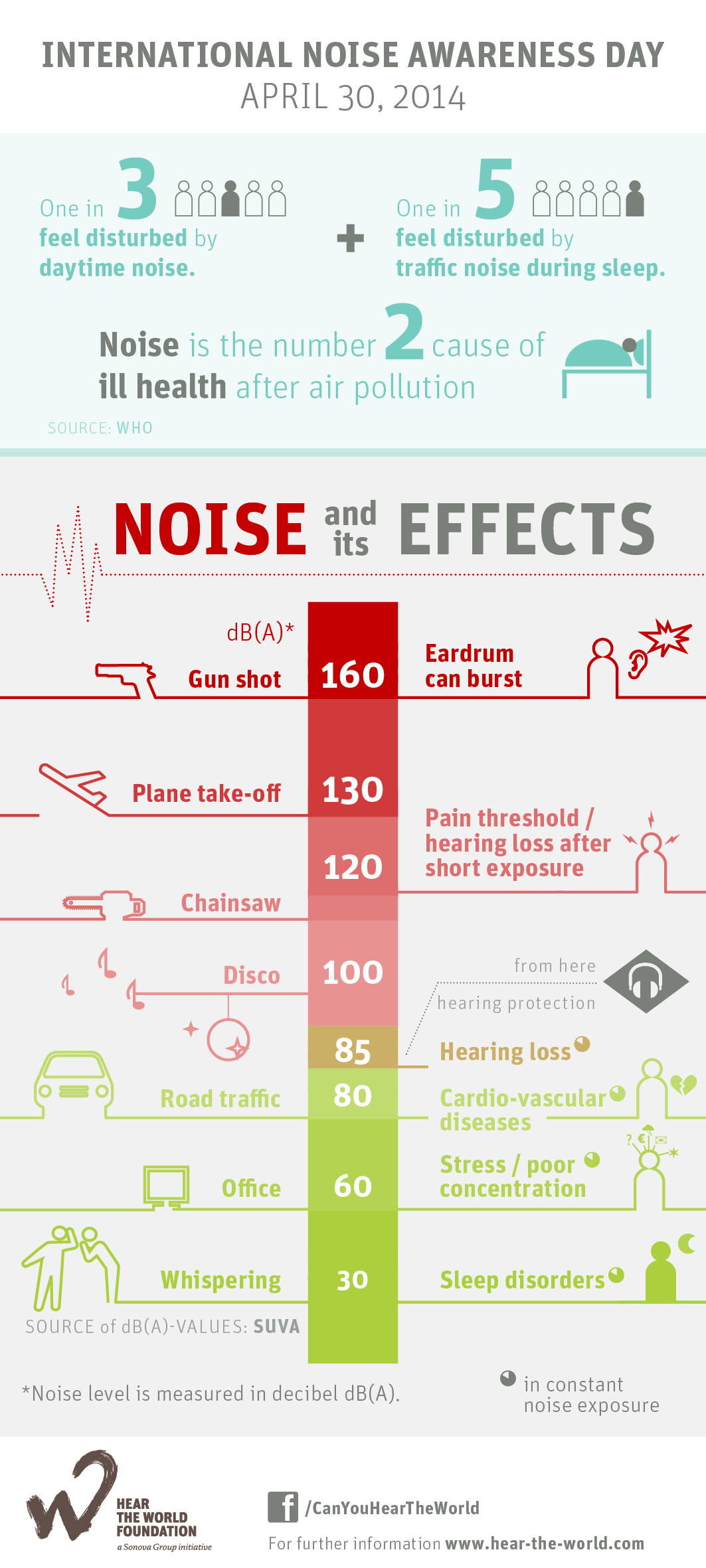Secret Methods For Dealing With Auditory Processing Issues In Dyslexia Can Change Learning Experiences-- Discover What Techniques Can Absolutely Promote Success And Confidence
Secret Methods For Dealing With Auditory Processing Issues In Dyslexia Can Change Learning Experiences-- Discover What Techniques Can Absolutely Promote Success And Confidence
Blog Article
Authored By-Harrington Mccormick
When you think about the difficulties that dyslexic students face, it's clear that acoustic handling problems often play a substantial role. You might ask yourself how tailored approaches can bridge the gap in between auditory instructions and comprehension. By incorporating aesthetic aids and breaking tasks into manageable actions, you could boost focus and understanding. Nevertheless, the options do not stop there. What various other strategies can develop a really encouraging understanding setting that cultivates success and self-confidence?
Understanding Dyslexia and Auditory Handling
Dyslexia affects approximately 1 in 5 people, making it one of one of the most common learning impairment. If you're navigating dyslexia, you could locate that it does not simply effect analysis and writing; it can additionally influence just how you refine auditory information.
Acoustic processing refers to how your mind interprets sounds, including language. When you fight with this, it can lead to challenges in recognizing talked instructions and complying with conversations.
You might discover that you usually misunderstand what you listen to or that it takes much longer for you to react in discussions. This isn't a representation of your knowledge; it's a specific difficulty pertaining to processing acoustic signals.
Understanding browse around this web-site is important since it helps clear up why you might excel in aesthetic jobs while encountering difficulties in tasks that rely upon auditory comprehension.
Acknowledging these challenges can encourage you. By understanding the intricacies of dyslexia and auditory processing, you can better support for your requirements, whether in educational settings or social scenarios.
It's necessary to recognize these concerns so you can seek the ideal assistance and strategies in the future.
Efficient Approaches for Support
Browsing the obstacles of auditory processing can feel frustrating, however there are effective techniques that can help you thrive.
By applying these techniques, you can improve your discovering experience and improve your capability to procedure acoustic information.
- ** Utilize aesthetic help **: Matching auditory guidelines with visual supports, like graphes or layouts, can substantially improve understanding.
- ** Break tasks right into smaller sized actions **: Streamlining instructions into workable portions allows you to concentrate and refine info more effectively.
- ** Practice energetic listening **: Engage in workouts that urge you to listen attentively, such as summarizing what you've heard or asking inquiries for information.
- ** Incorporate innovation **: Make use of apps or software application created to help with acoustic handling, such as speech-to-text tools or audiobooks, to enhance knowing.
Creating Supportive Learning Environments
Producing a helpful discovering atmosphere is crucial for aiding people with acoustic processing difficulties succeed. Begin by decreasing distractions in your class or finding out room. Usage acoustic panels or soft furnishings to soak up audio, which can help students concentrate much better. Make sure seating setups allow for clear sightlines to the instructor and any visual aids.
Next, incorporate clear and concise interaction. Talk slowly and use learning disability online test , checking for comprehending frequently. Motivate students to ask concerns if they're unclear. Visual help like graphes, representations, and created directions can enhance comprehension and retention.
Furthermore, cultivate a culture of patience and understanding among peers. Teach students about acoustic processing problems, advertising compassion and assistance. Group activities can be valuable; just make sure that functions are clear which pupils collaborate to sustain each other.
Lastly, provide routine responses. Commemorate development and accomplishments, no matter just how small. This encouragement builds self-confidence and reinforces the concept that knowing is a journey.
Conclusion
In your journey to enhance learning for people with dyslexia, consider each technique as a stepping rock throughout a river. By weaving with each other acoustic and visual aids, breaking tasks into bite-sized items, and supporting a helpful environment, you help create a bridge to understanding. Remember, fostering compassion among peers and appealing households can light the path to success. With perseverance and dedication, you'll empower students to soar above obstacles, changing their struggles right into strengths.
